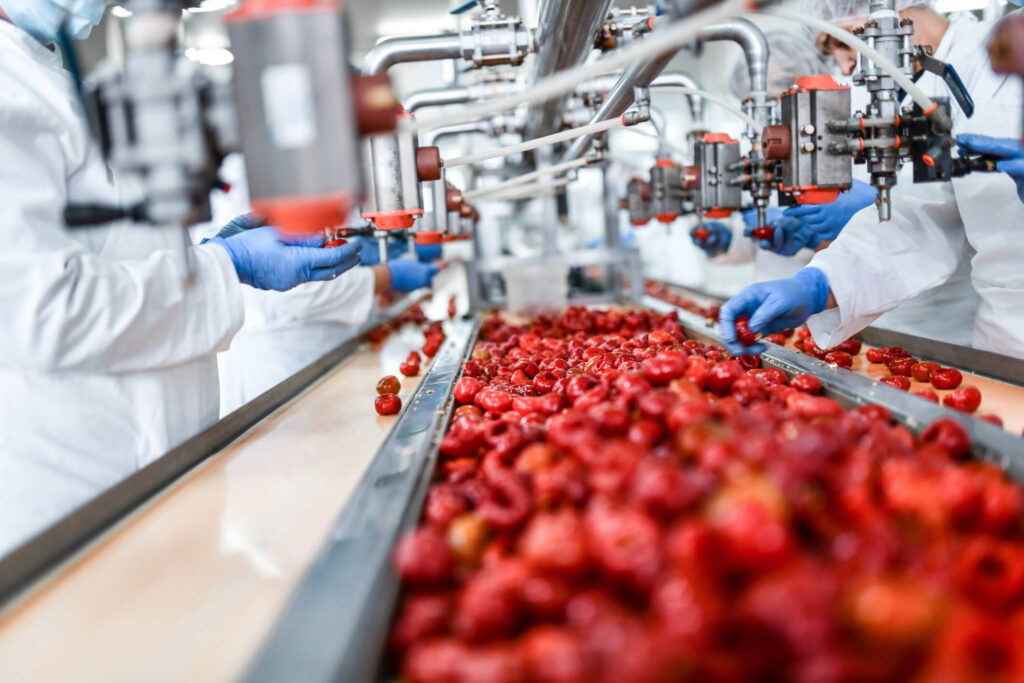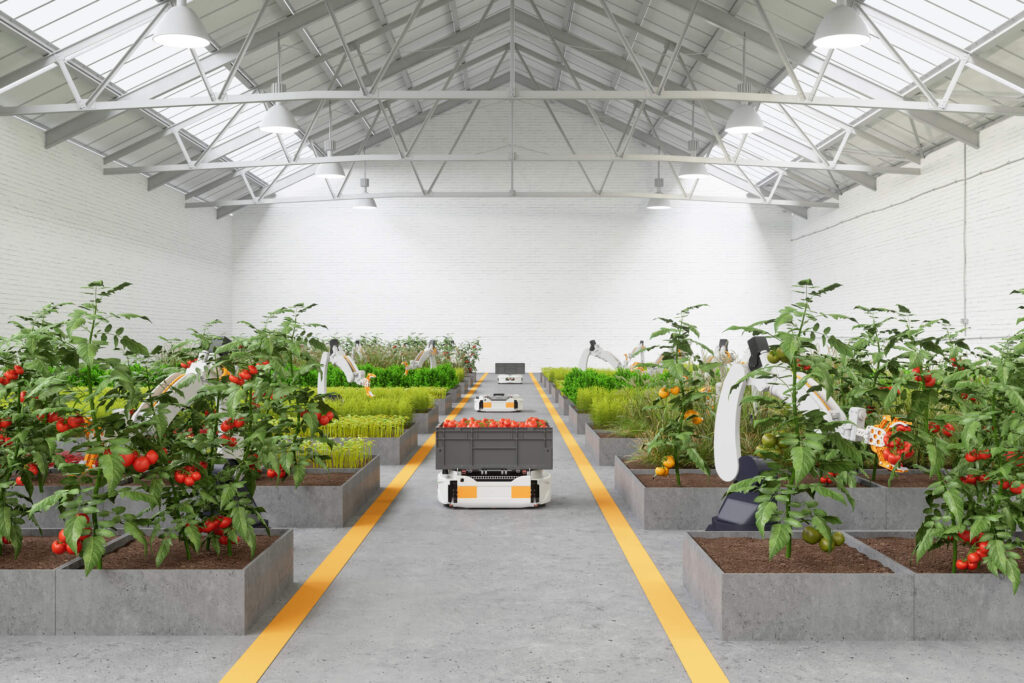The production of food and beverages is a complicated sector with many obstacles. Businesses in this industry need to successfully negotiate a variety of concerns, from high costs of supply chain to political reasons and climate change. In this post, we’ll examine some of the major problems faced by the food and beverage industry and talk about possible solutions. So, let’s get started and learn about the main challenges this sector faces.
Food and Drink Industry Challenges and How to Overcome Them

Supply Chain Disruptions
Geopolitical tensions, changes in the demand and supply, and problems with transportation can all cause supply chain disruptions, which can result in shortages, delays, and higher expenses. This problem is made more difficult by climate change, which has an impact on raw material availability and crop production.
Food and beverage companies can diversify their suppliers, use technology to improve forecasts, fortify their relationships with suppliers, and increase flexibility in order to reduce supply chain disruptions. Resilience can be further ensured by putting sustainability and risk management into practice. This will enable swift adaptability to unforeseen obstacles. Read this article to find out how to cope with supply chain issues.
Climate Change and Sustainability
The production of food and beverages is seriously affected by climate change, which also has an impact on agricultural yields, prices, and sustainability. Rising temperatures, extreme weather events like floods and droughts, and variable seasons all contribute to changes in raw material quality and availability, which creates vulnerabilities in the supply chain. The hazards to food safety are also increased, including elevated mycotoxin levels, degraded soil, and difficulties in controlling harsh weather.
The industry needs to prioritise sustainability in order to overcome these obstacles. As per Climate Trade, agriculture and food retail are two of the most polluting industries in the world. Therefore, the industry should strive towards net-zero emissions while also taking into account larger environmental and social effects. Building resilience beyond carbon offsetting, adjusting supply chains to climate shifts, and making long-term plans in the face of market uncertainty are all important strategies.
Food Safety and Quality Concerns
Risks of contamination, foodborne illnesses, and strict regulatory standards are the driving forces behind concerns about food safety and quality in the food and beverage business. Cold chain management is especially a major challenge for the food industry. Global supply chains that introduce inconsistent safety standards and the increased customer preference for minimally processed, fresh foods exacerbate these difficulties. Because these items have shorter shelf lives and are more prone to microbial growth, maintaining food safety becomes more challenging as a result of these preferences.
Using food safety management systems such as HACCP (Hazard Analysis and Critical Control Points) aids in hazard identification and control. In order to reduce the danger of contamination and maintain standard compliance, strengthening supply chain relationships and funding continual food safety training for staff members can help improve overall food quality and safety. The food industry can also use IoT sensors to monitor food storage and blockchain for traceability to address concerns about food safety and quality. Distrelec distributes sensors from brands like Seeed Studio, Novotechnik or Carlo Gavazzi that are suitable for food applications. Find out more about the brands and their offering in this article.
Changing Consumers Preferences
The food and beverage sector is faced with a challenge to develop and diversify its offers due to the changing tastes of consumers for healthier and sustainable food options, such as organic, non-GMO, and artificial additive-free goods, as well as the need for vegan, plant-based and alternative proteins. Product creation must strategically change to meet the needs of environmentally concerned consumers and health-sensitive consumers. The development of goods that meet these customer demands through the use of cutting-edge food technology, sustainable sourcing practices, and innovative ingredients is made possible by investing in research and development (R&D).
Companies should collaborate with startups and academic institutions to gain access to cutting-edge food innovations and consumer insights in order to effectively respond to these trends. Building customer trust can be achieved by open marketing and unambiguous labelling regarding the health and environmental benefits of products. Companies also need to make sure that sustainable production is supported in their supplier networks. By implementing these tactics, businesses may turn the difficulty of shifting consumer tastes into a chance to take the lead in producing environmentally and health-conscious goods.
Regulatory Compliance and Globalisation
Globalisation and regulatory compliance present a complex challenge to the food and beverage sector. Businesses have to deal with a wide range of intricate national and international laws that control import/export limitations, health claims, and labelling. Globalisation adds to this complexity by forcing businesses to customise their products to fit the many market demands and regulatory frameworks in addition to boosting competitiveness. Getting used to these different standards might take a lot of resources and necessitates a thorough knowledge of local legal systems.
Organisations can use compliance software for process automation and regulatory updates to handle the issues posed by globalisation and regulations. Creating a compliance team or seeking advice from regional legal specialists makes it easier to manage regulations and modify products to suit regional markets without sacrificing brand integrity. In addition to focused market research, proactive involvement with industry groups and regulatory agencies facilitates strategic adaptation and guarantees that products satisfy regional tastes, thereby increasing global competitiveness.
The Role of Technology in Overcoming Challenges

Overcoming obstacles in the food and drink manufacturing business requires more and more technology. The benefits of data processing, artificial intelligence (AI), and automation in improving productivity, reducing waste, and supporting supply chain management are now widely acknowledged. Predictive AI and cutting-edge technologies enhance quality assurance, risk assessment, and traceability, enabling a digital transformation that maximises production and decision-making procedures.
But there are additional difficulties in integrating technology, especially when it comes to striking a balance between automation and human jobs. To fully utilise technology, the sector must manage the line that separates it from augmenting rather than replacing human labour with automation. As the industry embraces Industry 5.0‘s emphasis on human-machine collaboration, it must adapt to successfully combine workforce skills and technical advancements.
Conclusion
In summary, the food and beverage sector faces a number of formidable obstacles, including supply chain interruptions, problems with safety and quality, complicated regulations, shifting customer preferences, and the effects of climate change. Utilising technology is clearly a vital tactic to overcome these challenges. Artificial Intelligence, blockchain, automation, and other technologies provide solutions to improve supply chain management, guarantee food safety, adhere to legal requirements, and satisfy changing customer preferences.
Overcoming these obstacles requires not only a focus on sustainability and innovation but also an efficient use of technology. Building resilience and keeping competitiveness will require merging strategic planning with technical developments as the business develops. This strategy will not only solve the problems of today, but also open the door to a future that is more adaptable, and customer focused.











